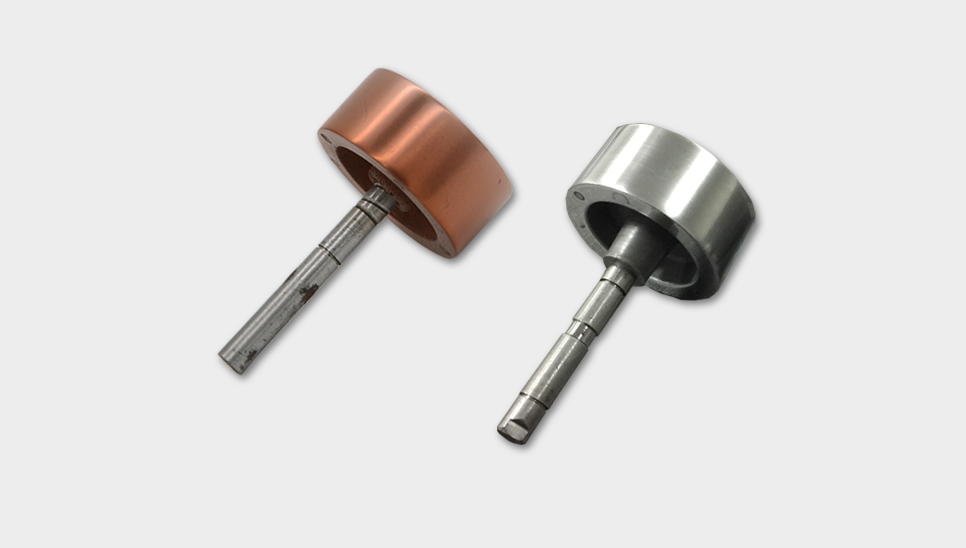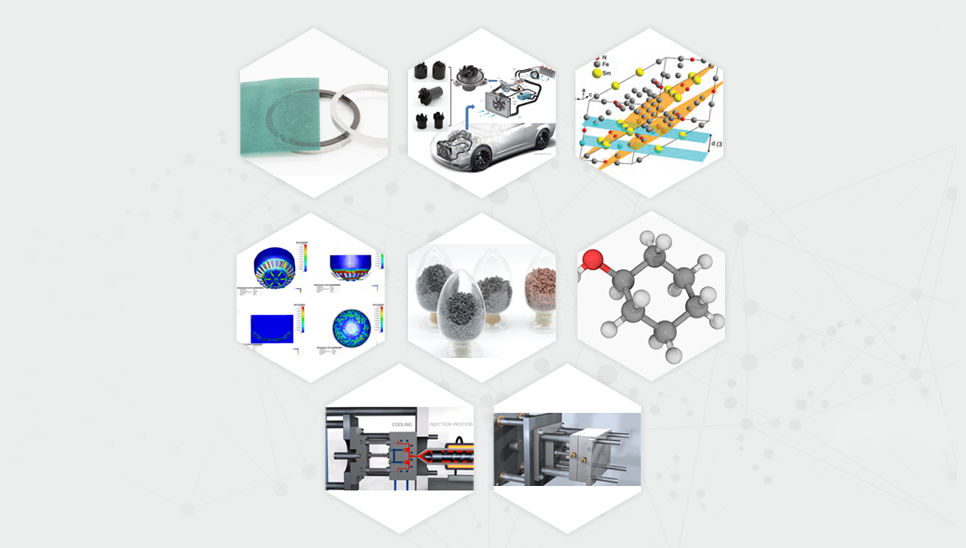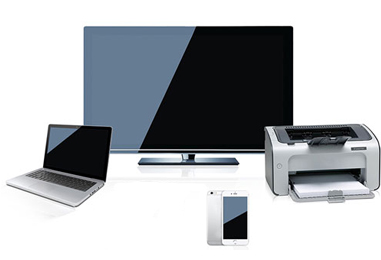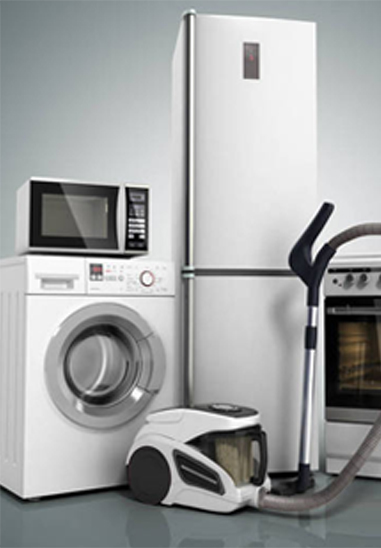1. The development of soft magnetic materials
The application of soft magnetic materials in industry began at the end of the 19th century. With the rise of electric power and telecommunications technology, low-carbon steel has been used to manufacture motors and transformers, and fine iron powder, iron oxide, and fine iron wire are used in the magnetic core of the inductor coil in the telephone line. By the beginning of the 20th century, silicon steel sheets were developed to replace low-carbon steel, which improved the efficiency of transformers and reduced losses. Until now, silicon steel sheet still ranks first in the soft magnetic materials used in the power industry. By the 1920s, the rise of radio technology promoted the development of high-permeability materials, and permalloy and permalloy magnetic powder cores appeared. From the 1940s to the 1960s, the period of rapid development of science and technology, radar, television broadcasting, the invention of integrated circuits, etc., have higher requirements for soft magnetic materials, and produced soft magnetic alloy ribbons and soft ferrite materials. In the 1970s, with the development of telecommunications, automatic control, computer and other industries, soft magnetic alloys for magnetic heads were developed. In addition to the traditional crystalline soft magnetic alloys, another type of material-amorphous soft magnetic alloys emerged.
2. Types of commonly used soft magnetic cores
Three ferromagnetic elements, iron, cobalt, and nickel, are the basic components of magnetic materials.
According to (main ingredients, magnetic characteristics, structural characteristics) product form classification:
(1) Powder cores: Magnetic powder cores, including iron powder cores, sendust cores, high flux powder cores (High Flux), permalloy powder cores (MPP), and ferrite cores
(2) Band wound iron core: silicon steel sheet, permalloy, amorphous and nanocrystalline alloy

Other Functional Composite Materials In addition to bonded magnetic compounds, we can also cooperate with customers to develop customized functional composite materials, such as high-density compounds and metal bonded plastic. We are committed to providing customers with new user experience and different design inspiration.
 CN
CN











 Call us on:
Call us on:  Email Us:
Email Us:  1F, Building 3, NO.77 Gaoxin 13 road, Xiaoshan district, Hangzhou
1F, Building 3, NO.77 Gaoxin 13 road, Xiaoshan district, Hangzhou